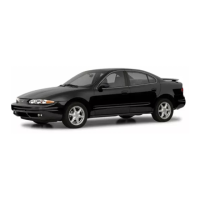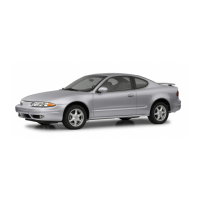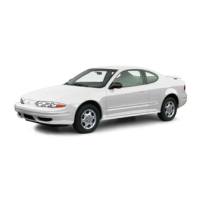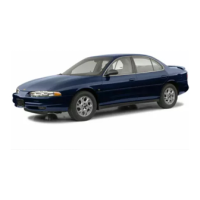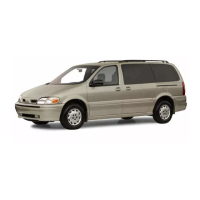64
counterclockwise
to
detent
(do
not
press down while rotating).
• Wait until any residual pressure
(indicated by a hissing sound)
is
relieved.
• After all hissing ceases, press
down
on
cap while continuing
to
rotate
cou nterc lockwise.
CAUTION:
To
avoid
the
danger
of
being
burned,
do
not
remove
radiator
cap
while
engine
and
radiator
are
still
hot
because
scalding
fluid
and
steam
will
be
blown
out
under
pressure.
2.
If
necessary, run engine, with radiator
cap removed,
until normal operating
temperature
is
reached and
upper
radiator
hose
is
hot
(indicates
thermostat
is
open).
3.
Stop
engine and
open
radiator drain
valve
to
drain coolant. (To speed this
operation,
the
drain plugs in
the
block
can also be removed.)
4.
Close valve (install
block
drain plugs, if
removed) and add sufficient
water
to
fill system .
5. R un engine, drain and
refill
the
system, as described
in
steps 1, 2,
3,
and
4,
a sufficient number
of
times
until
the
drained liquid
is
nearly
colorless.
6.
Allow system
to
drain
completely and
then
close radiator drain valve tightly.
(Install block
drain plugs,
if
removed.)
7. Remove recovery cap
leaving hoses
in
place. Remove
coolant
recovery
tank
and
empty
of
fluid. Flush
tank
with
clean water, drain
and
reinstall.
8. Add sufficient
ethylene
glycol coolant,
meeting
GM
specifici'ltion 1899-M,
to
provide
the
required freezing and
corrosion
protection
-
at
least a
50
percent solution (-35°F.). Fill radiator
to
the
base
of
the
radiator filler neck
and add sufficient
coolant
to
the
recovery
tank
to
raise level
to
the
"FULL
HOT"
mark.
Reinstall
recovery
tank
cap.
9.
R un engine, with radiator cap
removed,
until normal operating
temperature
is
reached. (Radiator
upper
hose becomes hot.)
10. With engine idling, add coolant until
level
reaches
bottom
of
filler neck and
install radiator cap making certain
arrows
line
up
with overflow
tube.
It
is
the
owner's
responsibility
to
keep
the
freeze
protection
at
a level
commensurate
with
the
temperatures
which may occur
in
the
area
of
vehicle
operation.
•
Maintain
cooling
system
freeze
protection
at
-35°F.
or
below
to
ensure
protection
against corrosion and loss
of
coolant
from boiling even
though
free~ing
temperatures
are
not
expected.
•
Add
ethylene
glycol base coolant
that
meets
GM
Specification 1899-M when
coolant
additions are requ ired because
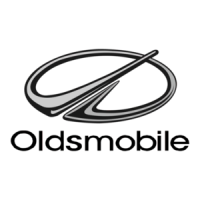
